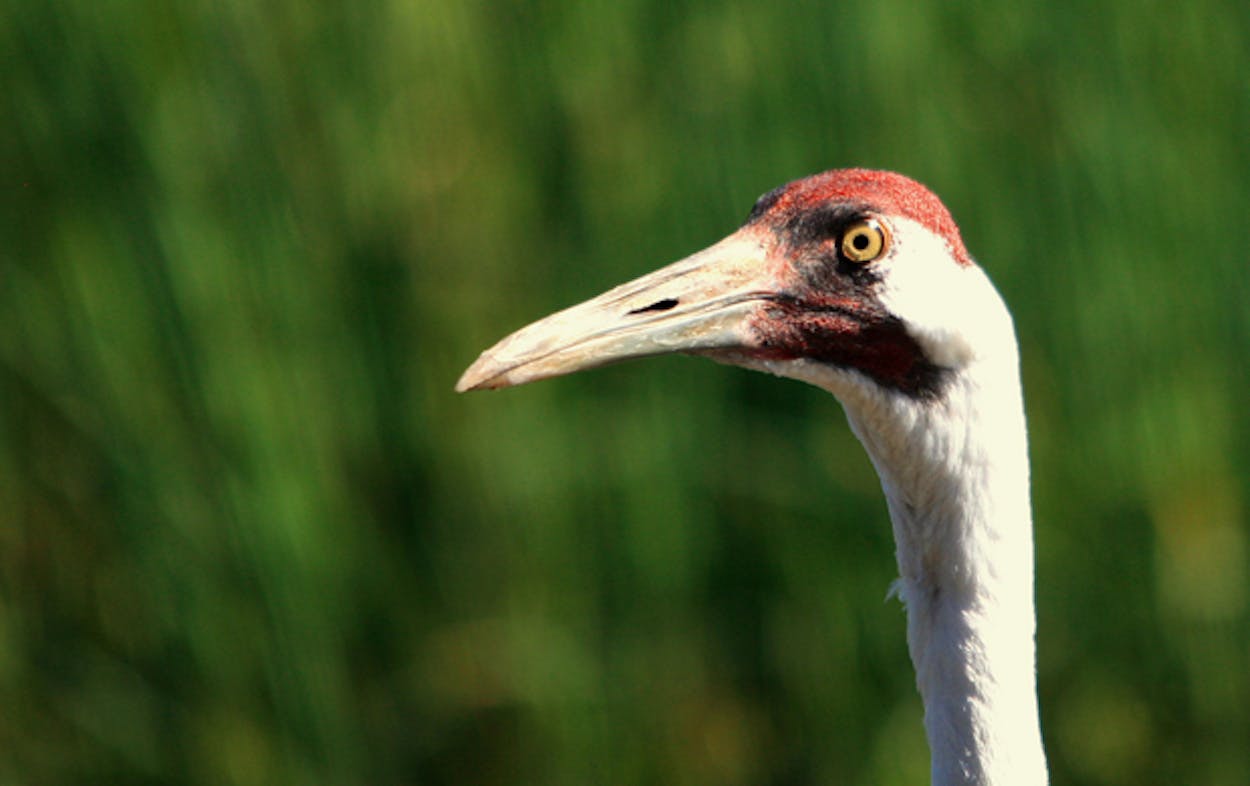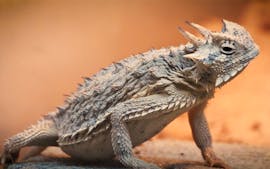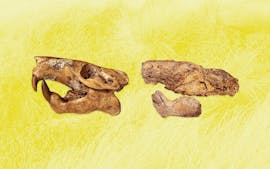Wisconsinites have come to South Texas, but this time, it’s not for the warmer temperatures and Gulf Coast beaches: the drought that threatens Texas’ population of whooping cranes highlights the importance of crane conservation work being done in Wisconsin.
Back in 2001, Wisconsin conservationists began building a flock of whooping cranes through public-private initiative. “[S]tarting new flocks in places such as Wisconsin is insurance if catastrophe strikes in Texas,” Lee Bergquist wrote in the Milwaukee Journal Sentinel.
And some scientists from the Wisconsin-based International Crane Foundation fear that catastrophe could be imminent: in the winter of 2009, 23 cranes in the Aransas NWR died, and experts attribute these deaths to increased salinity in the San Antonio Bay caused by drought conditions and water rights mismanagement. (And at least one bird has died this year, according to the San Antonio Express-News).
The 2009 deaths led the Aransas Project, a conservation group in Texas, to file a lawsuit against the state, accusing the Texas Commission on Environmental Quality of violating the endangered species act by not properly managing water resources. (Those issues are currently being litigated in court.)
George Archibald, co-founder of the Wisconsin-based International Crane Foundation, testified last month at the trial on the importance of the conservation efforts. “We are hopeful that these two experiments [in Wisconsin and Louisiana] will be successful, but due to [past failures] many people have doubts,” Archibald said.
The experiment, a multi-million dollar effort, was to help establish a new whooping crane population on a different migratory pattern—from Florida to Wisconsin versus the Aransas flock’s path, from Alberta, Canada, to Texas. However, the one hundred cranes from the Wisconsin flock were hatched in captivity and have had trouble reproducing in the wild, in part due to “swarms of black flies” at the Necedah National Wildlife Refuge. (Here’s a helpful graphic from the Journal Sentinel depicting both flocks and their migration routes.)
Around four hundred whooping cranes remain in the wild, their numbers brought back from a low of fifteen in 1947. A full three hundred of those birds belong to the flock that winters in the Aransas National Wildlife Refuge and summers in Alberta.
Having more than one wild population of the stately birds will help them survive, according to Richard Beilfuss, president of the Wisconsin-based International Crane Foundation. “We think it vindicates the decision,” Beilfuss said. “There is plenty that can go wrong down there – hurricanes, an oil spill and drought.”







